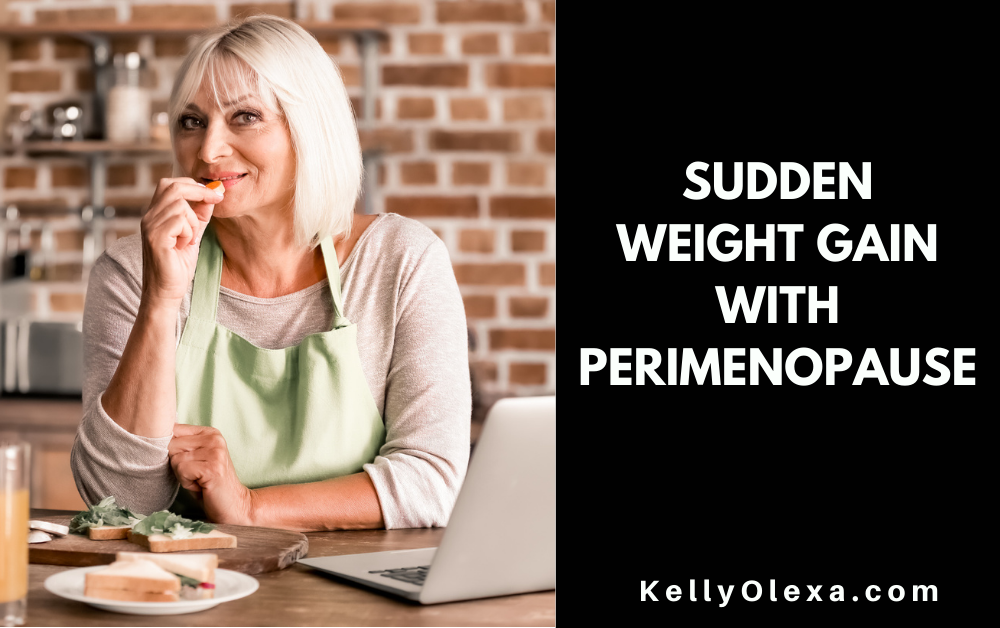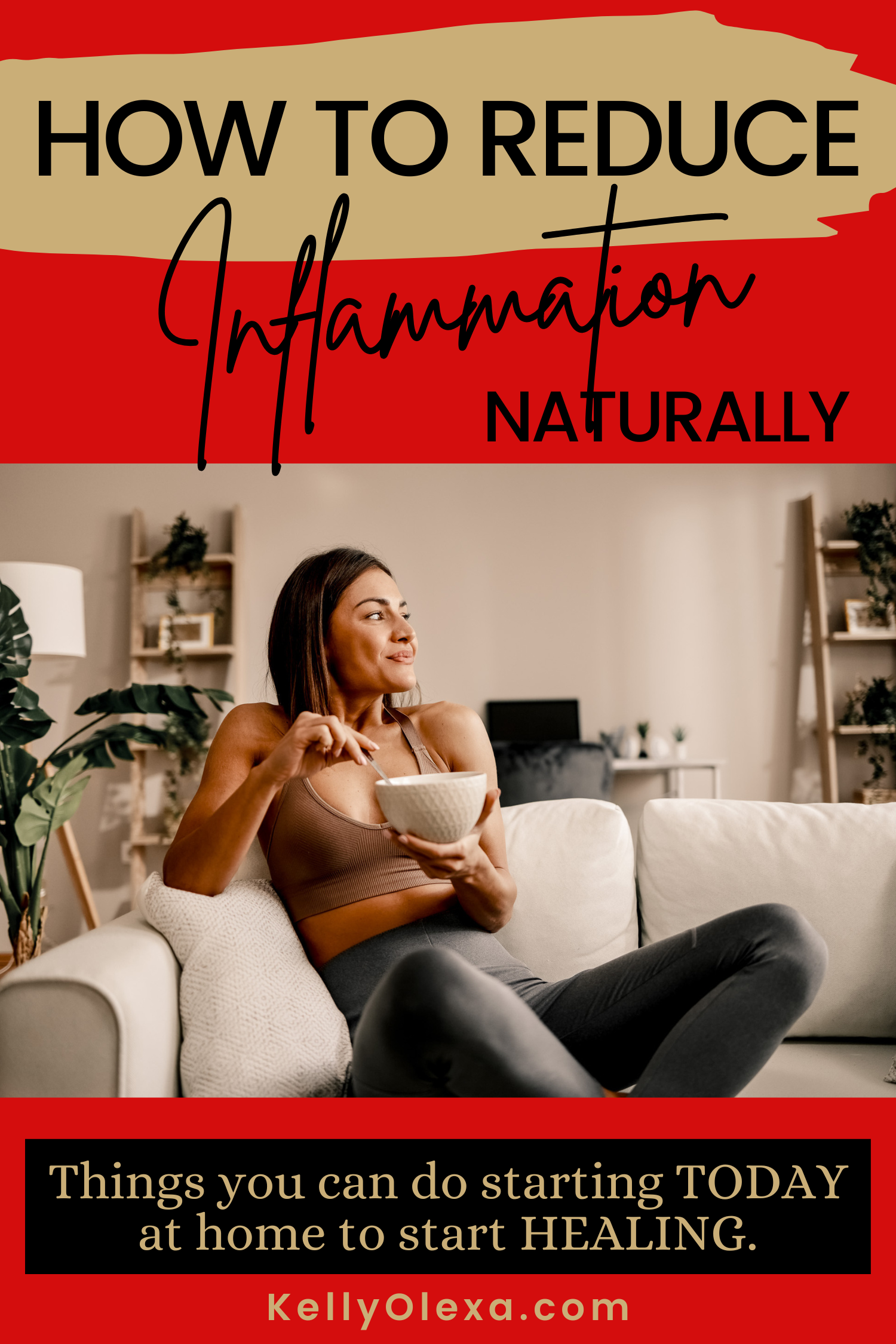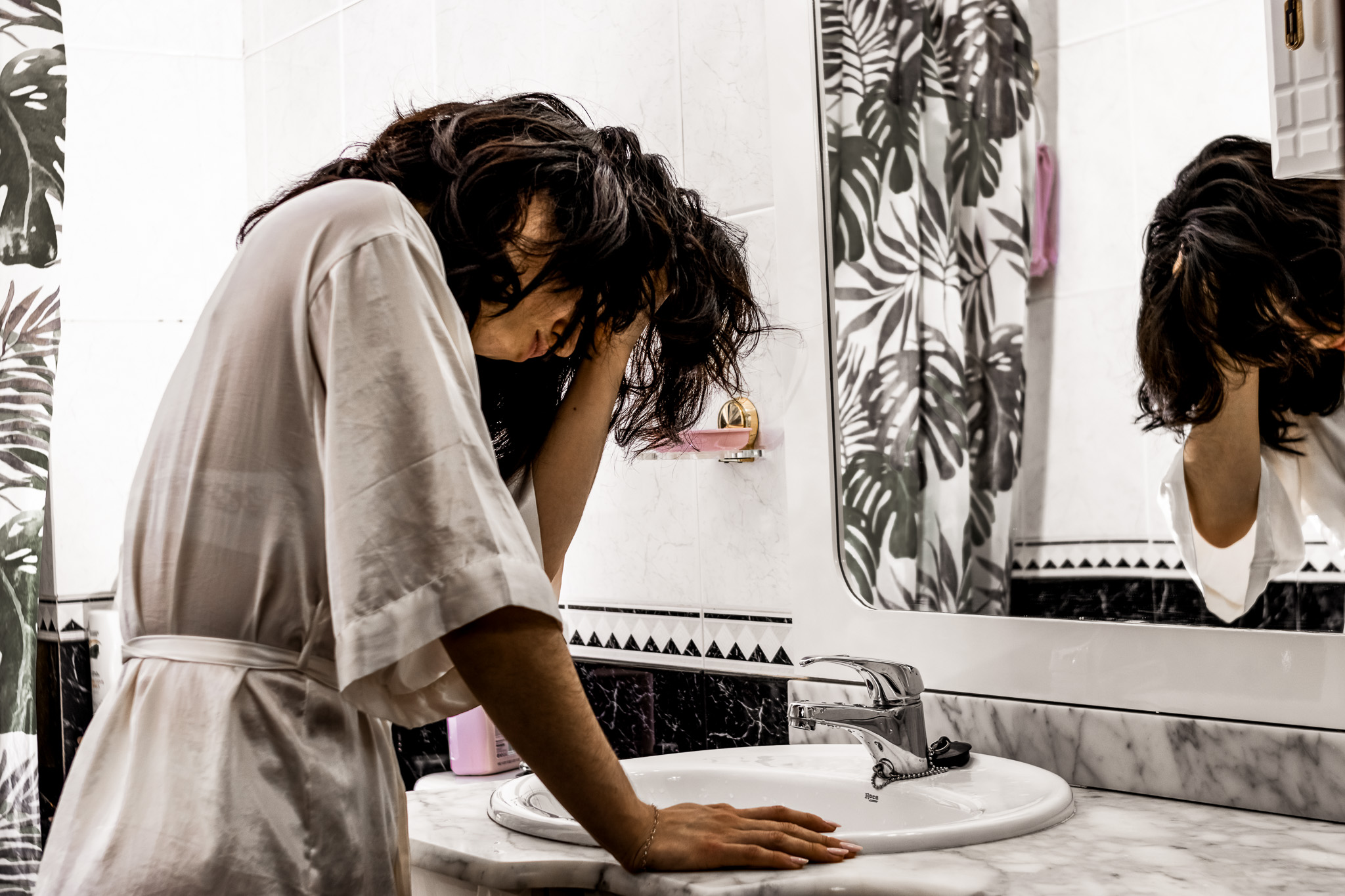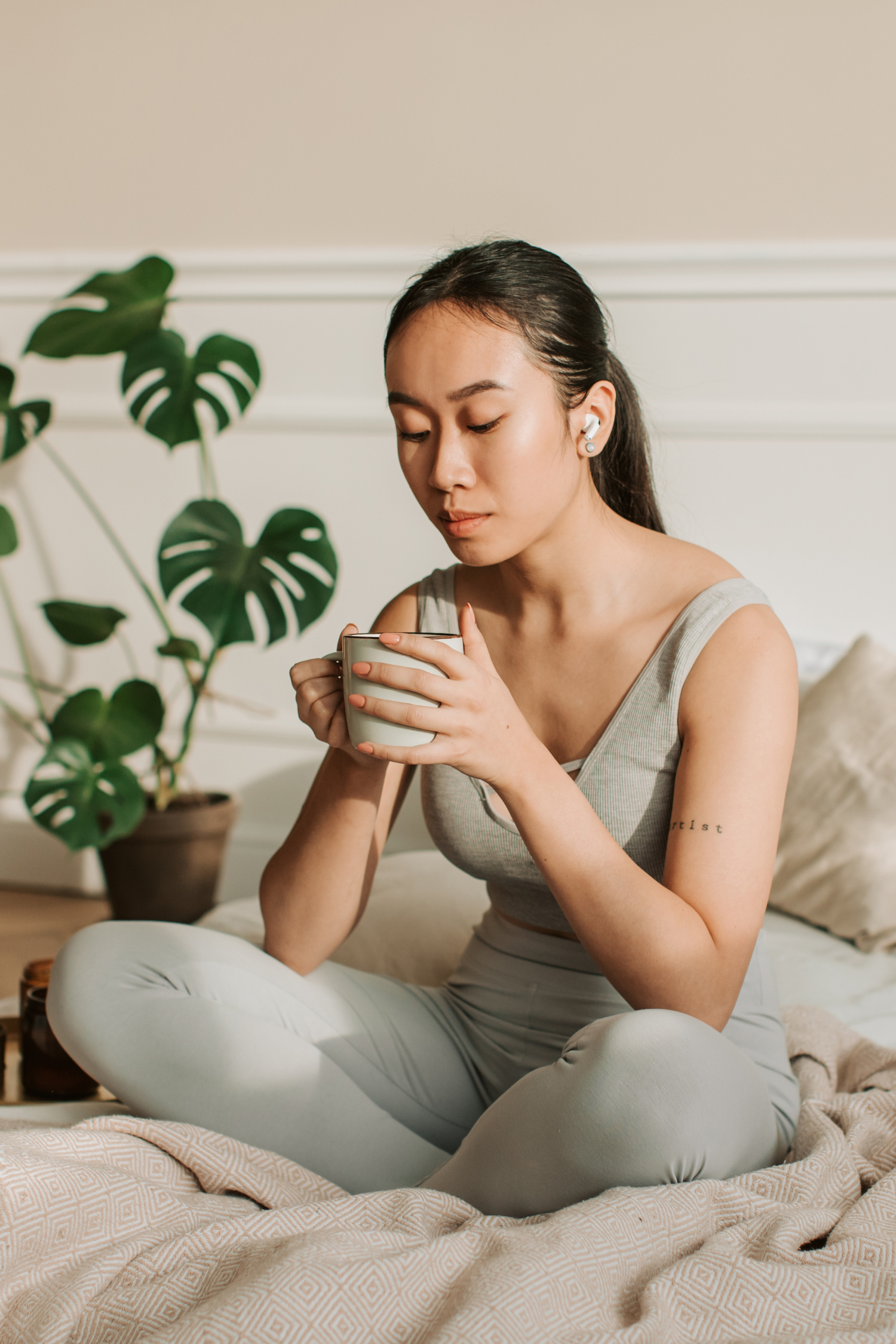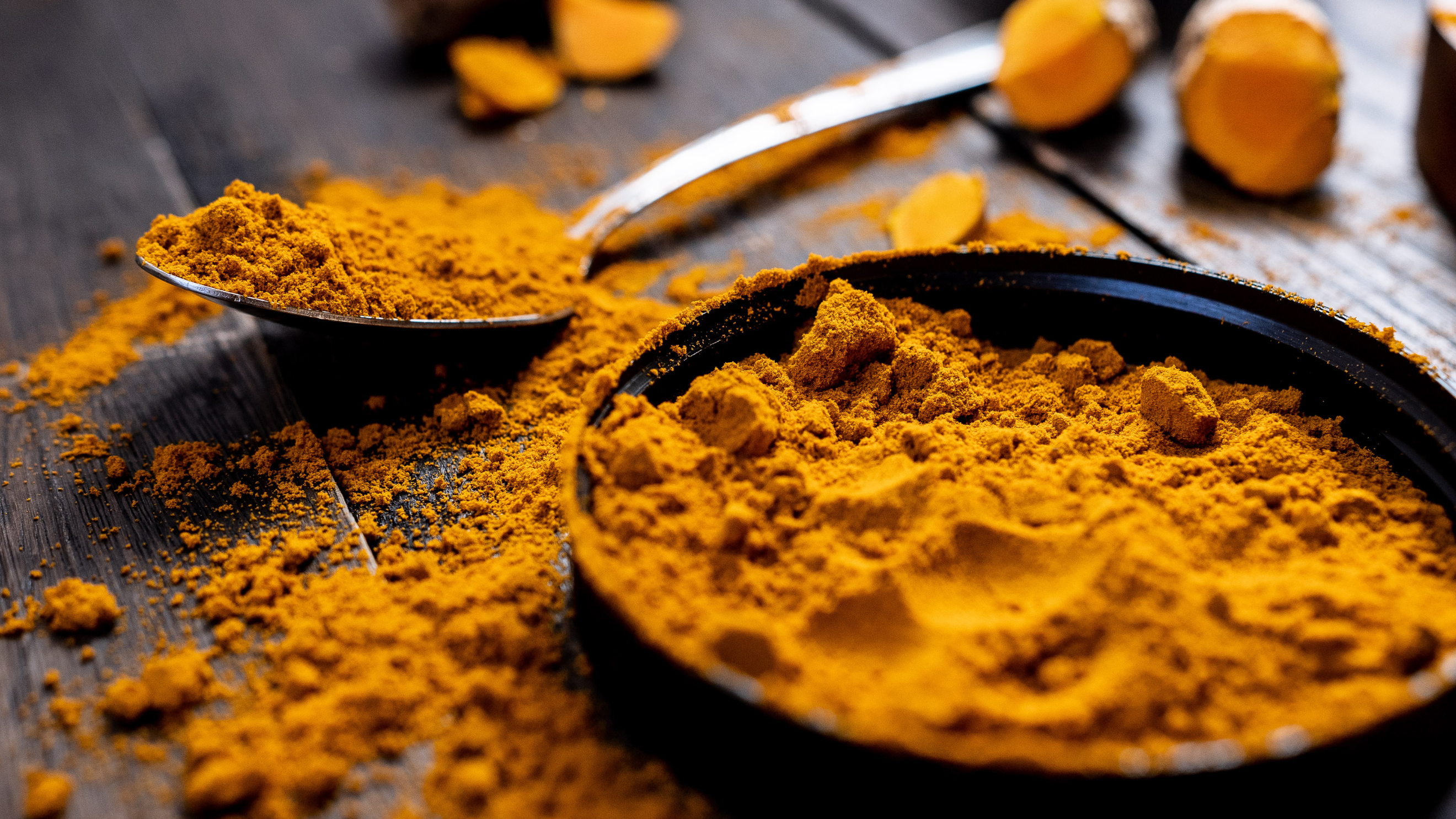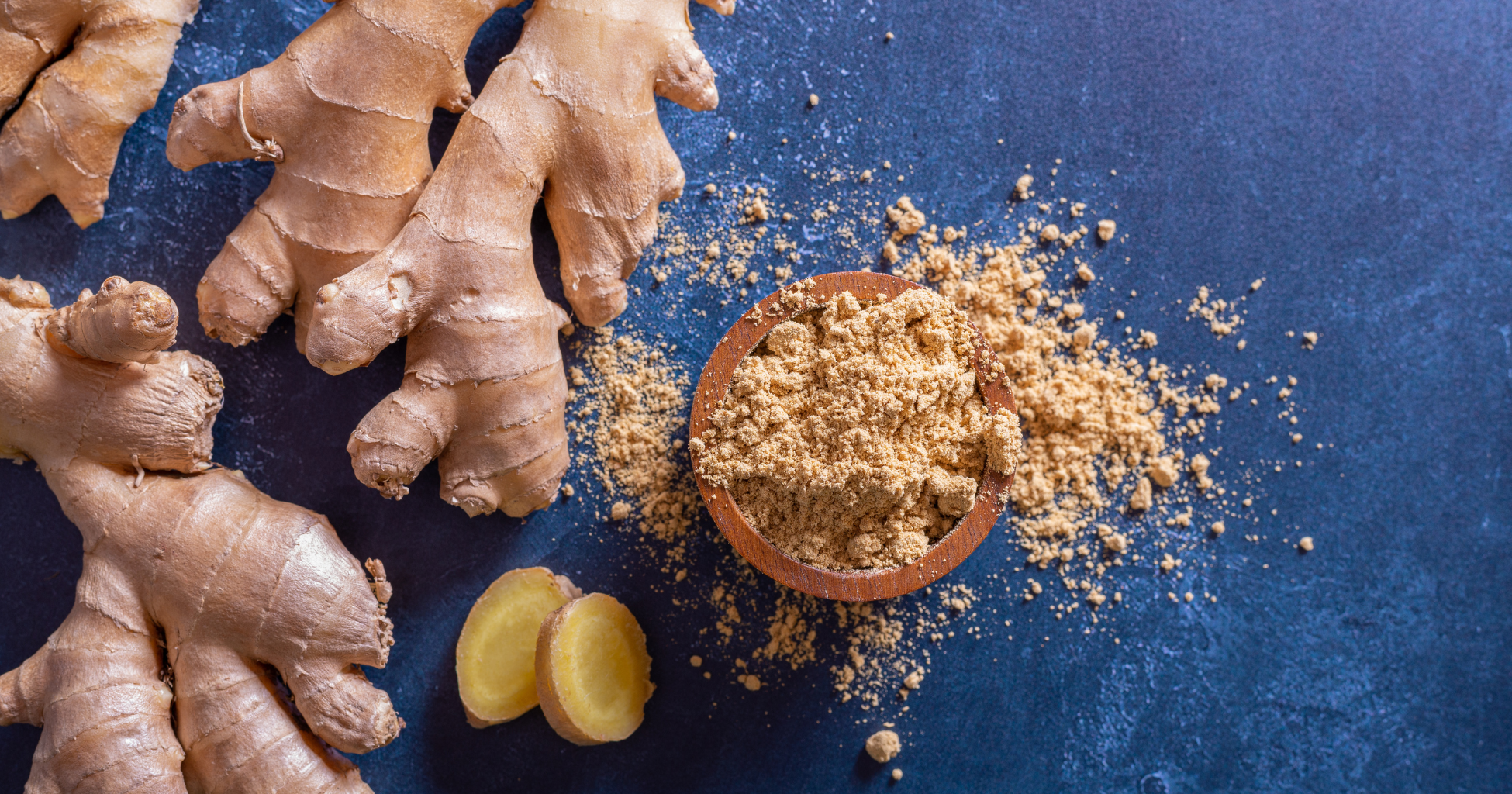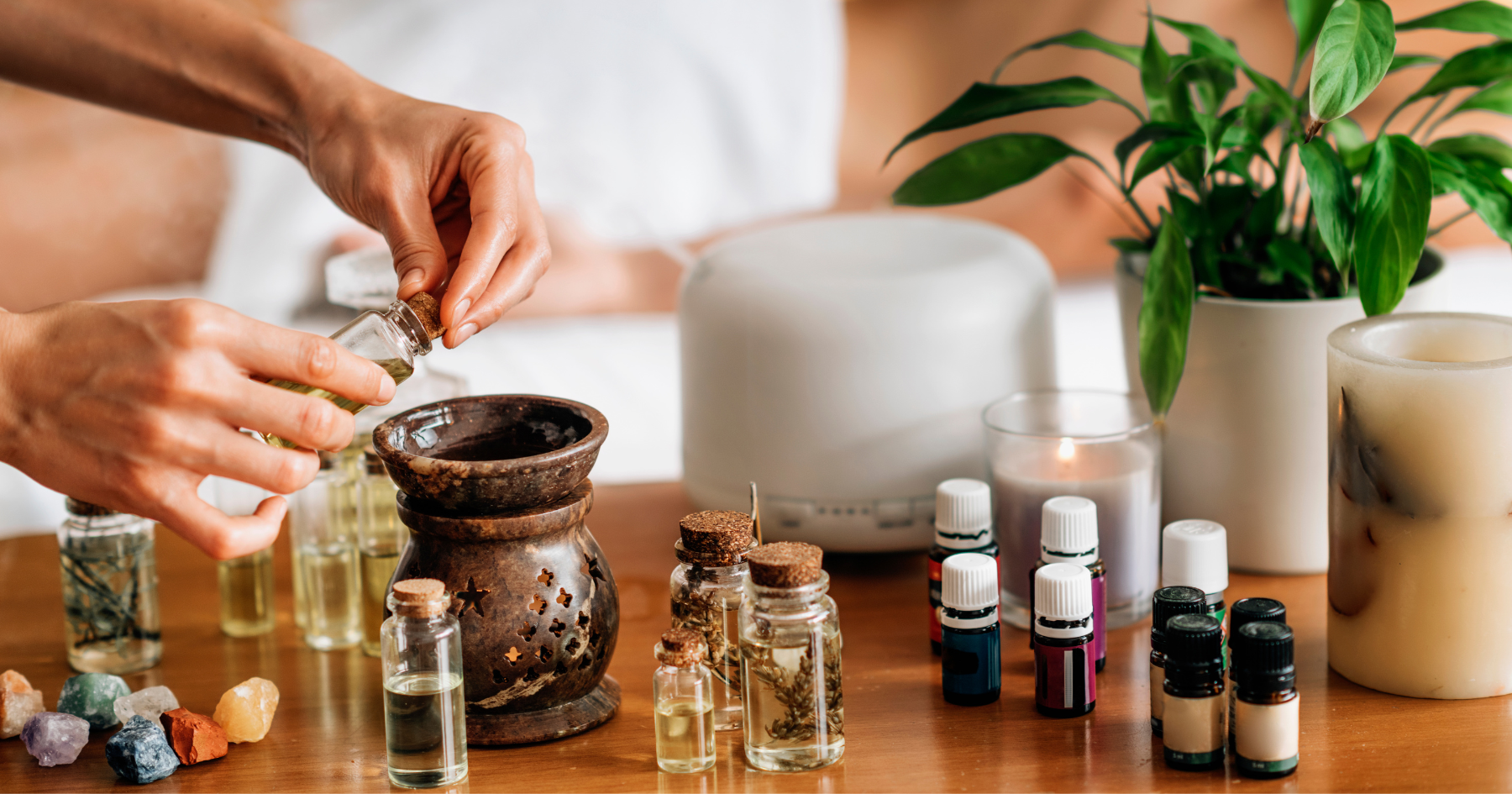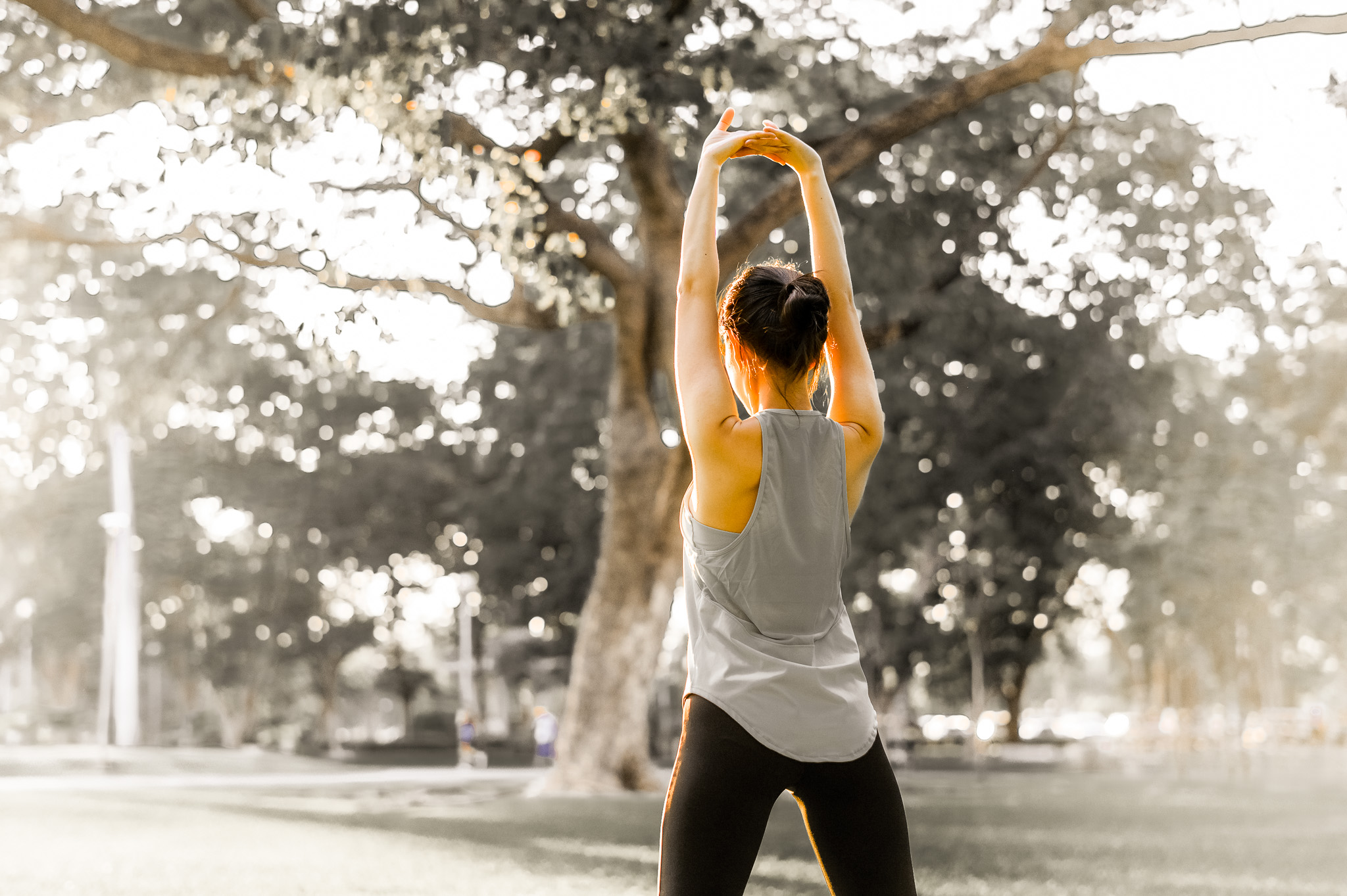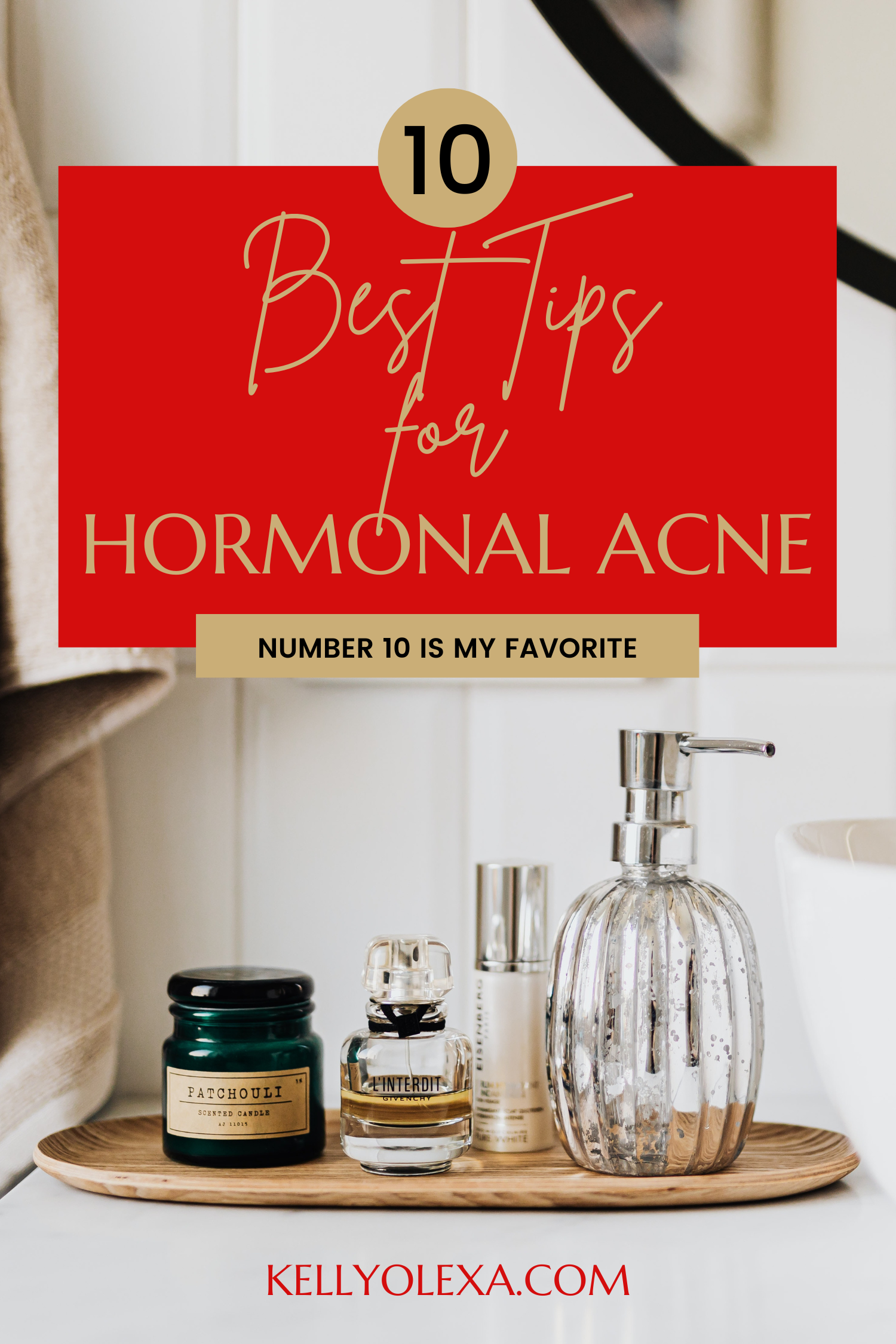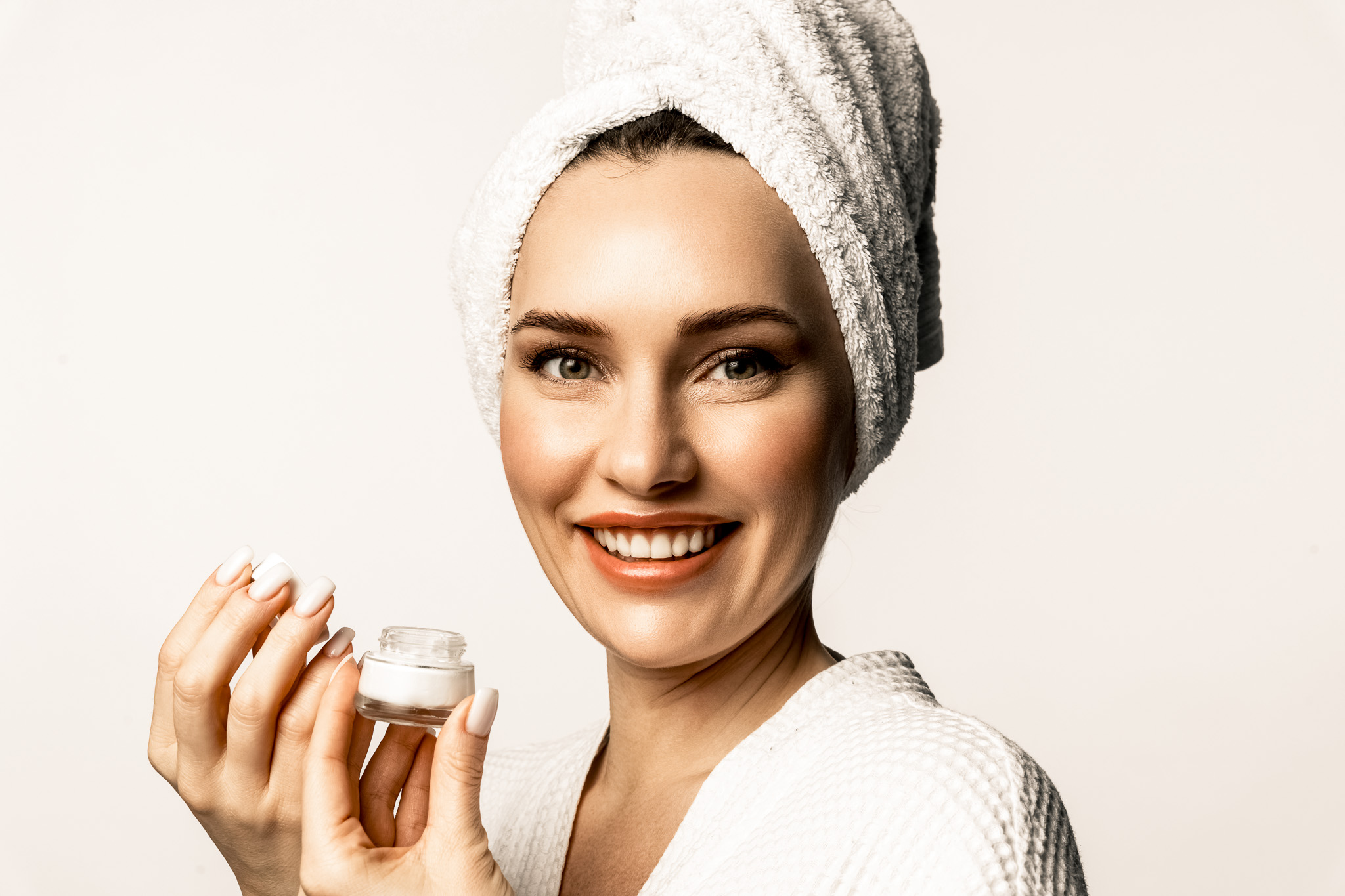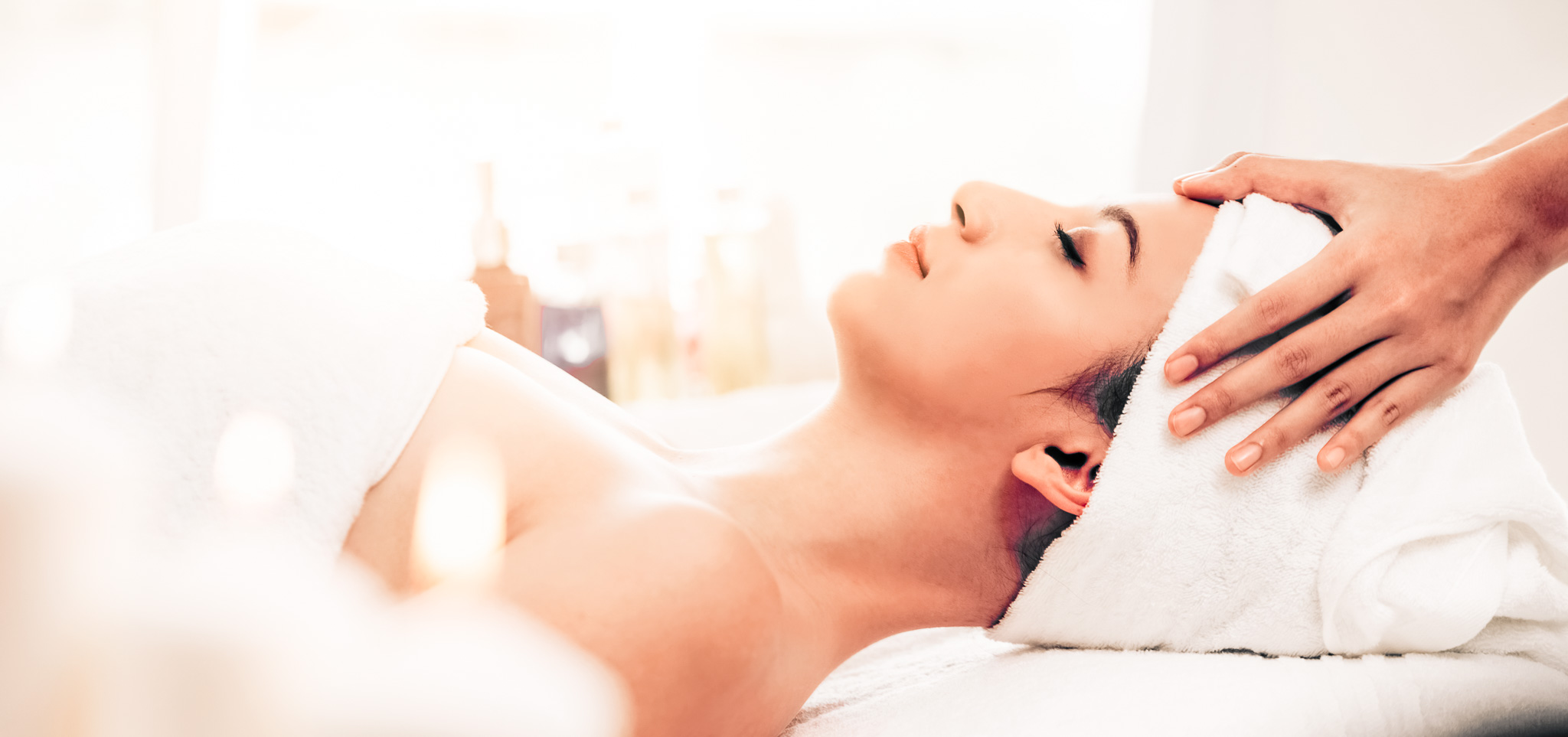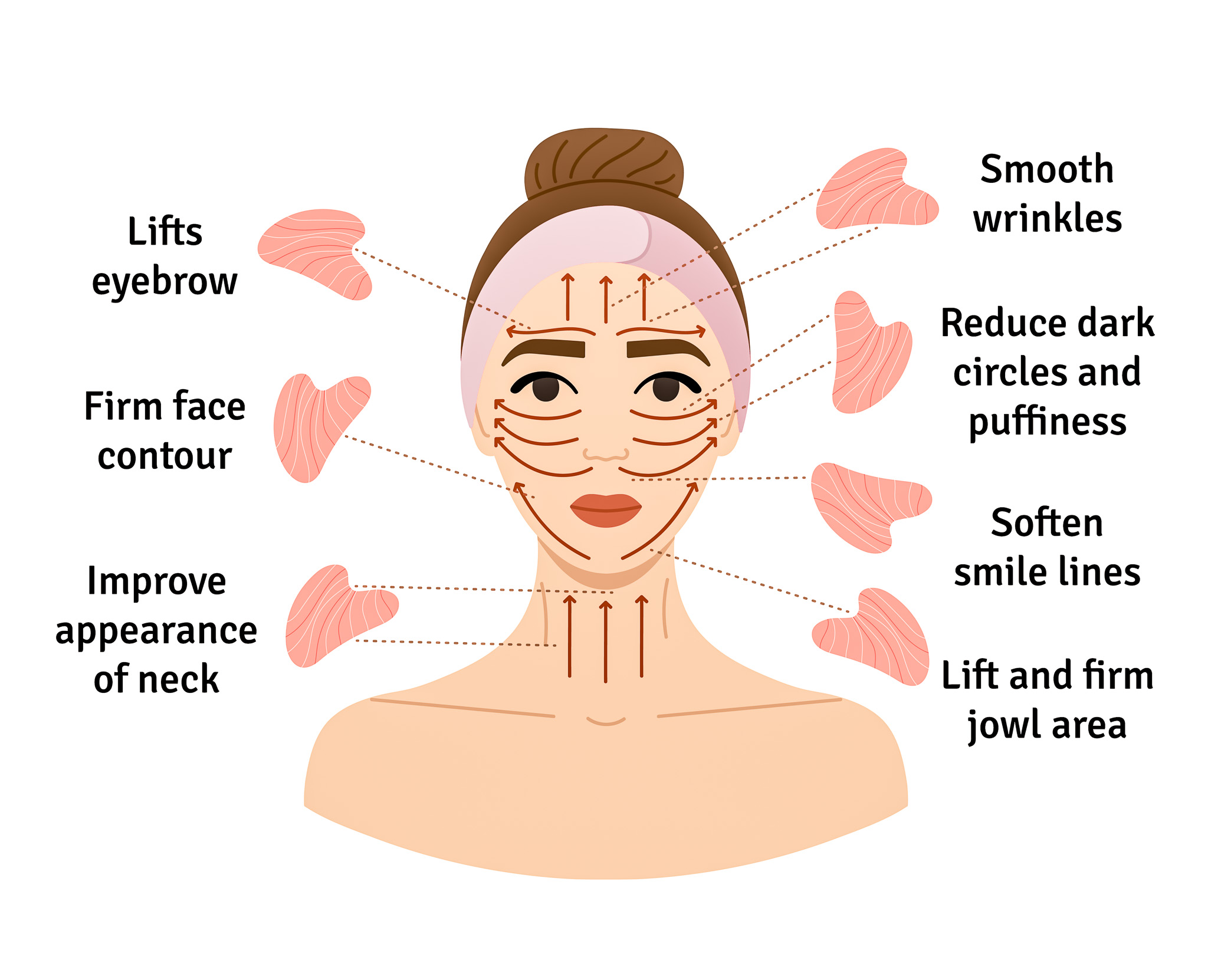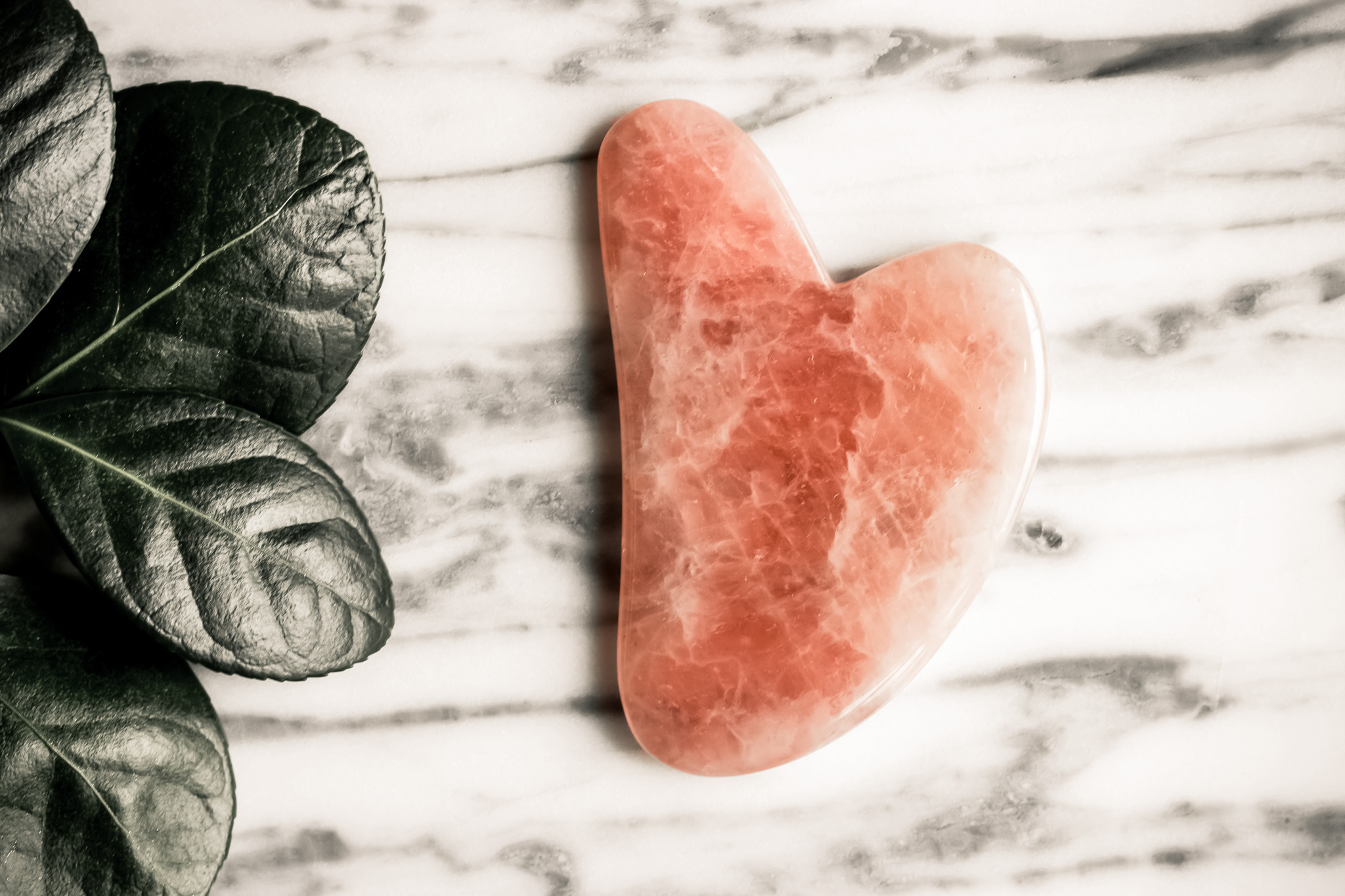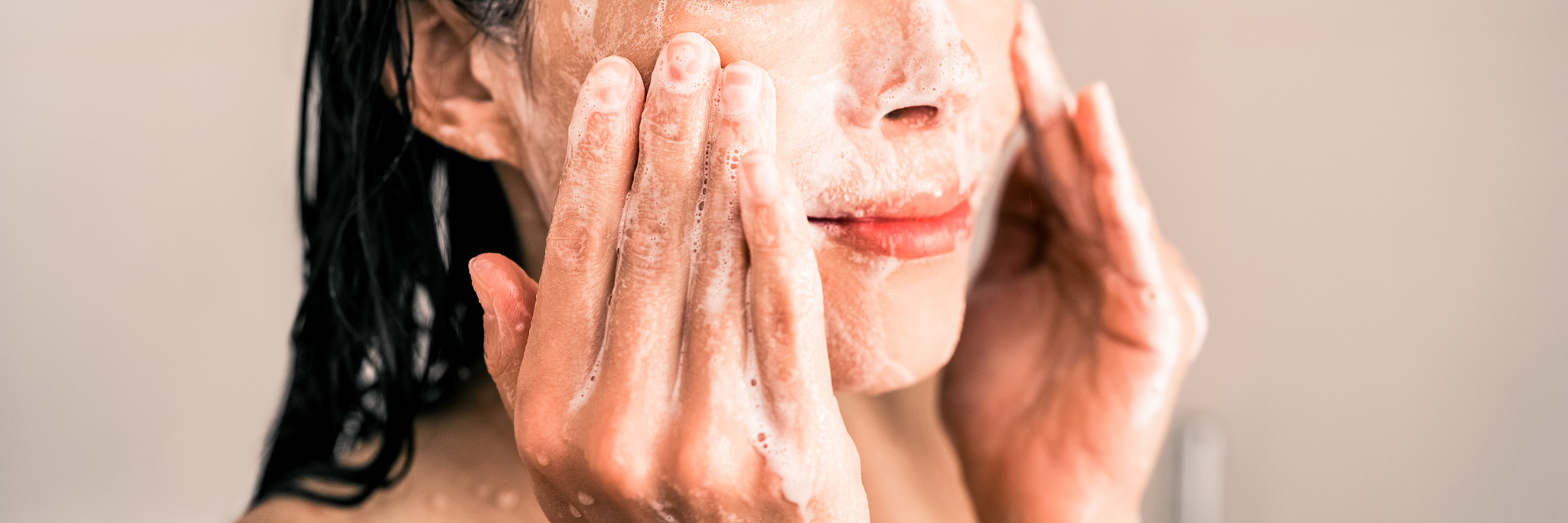Sudden Weight Gain in Perimenopause: Balance Hormones For Weight Loss.
That Stubborn Perimenopause Sudden Weight Gain!
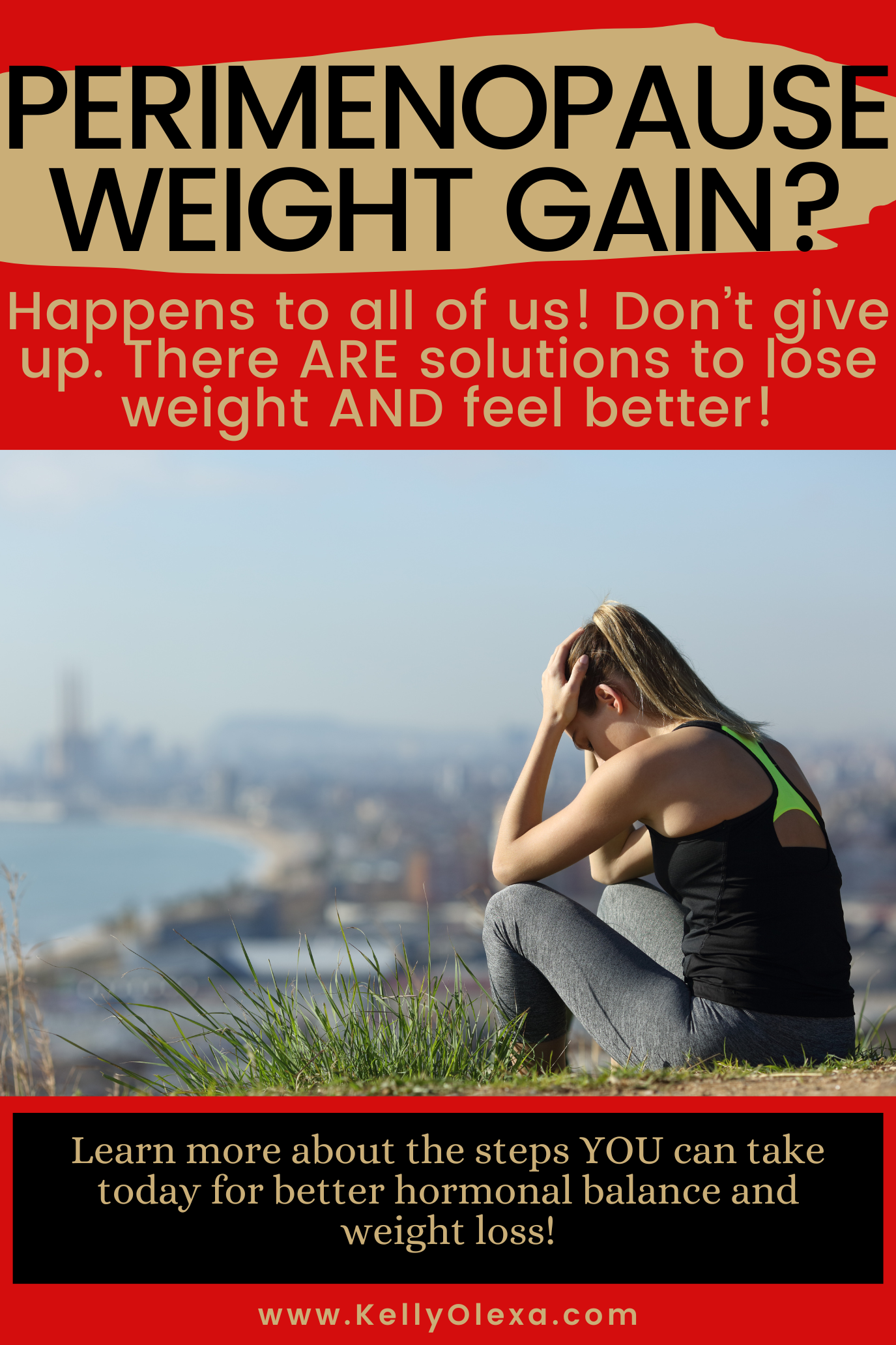
If you are experiencing sudden perimenopause weight gain, you are not alone. Perhaps you haven’t even realized that you are in perimenopause yet, but you suspect it.
Either way, if you are over the age of 35-ish and have experienced unexpected and rather sudden and maybe significant weight gain, this post will help you.
If you are also having problems getting that perimenopause sudden weight gain to come OFF, this post and future posts will help you with tips and best practices as well.
Tune in to learn more from my own personal experience and always remember, this is simply my personal advice. I always urge you to consult a DOCTOR as you’ll see below and in all my posts about hormones and such. What works for me might not necessarily work for you so take my advice as a starting point.
The most important thing is to DO SOMETHING not just ignore your symptoms and give up which is what sadly, a lot of women do! Don’t do that!
What is Perimenopause?
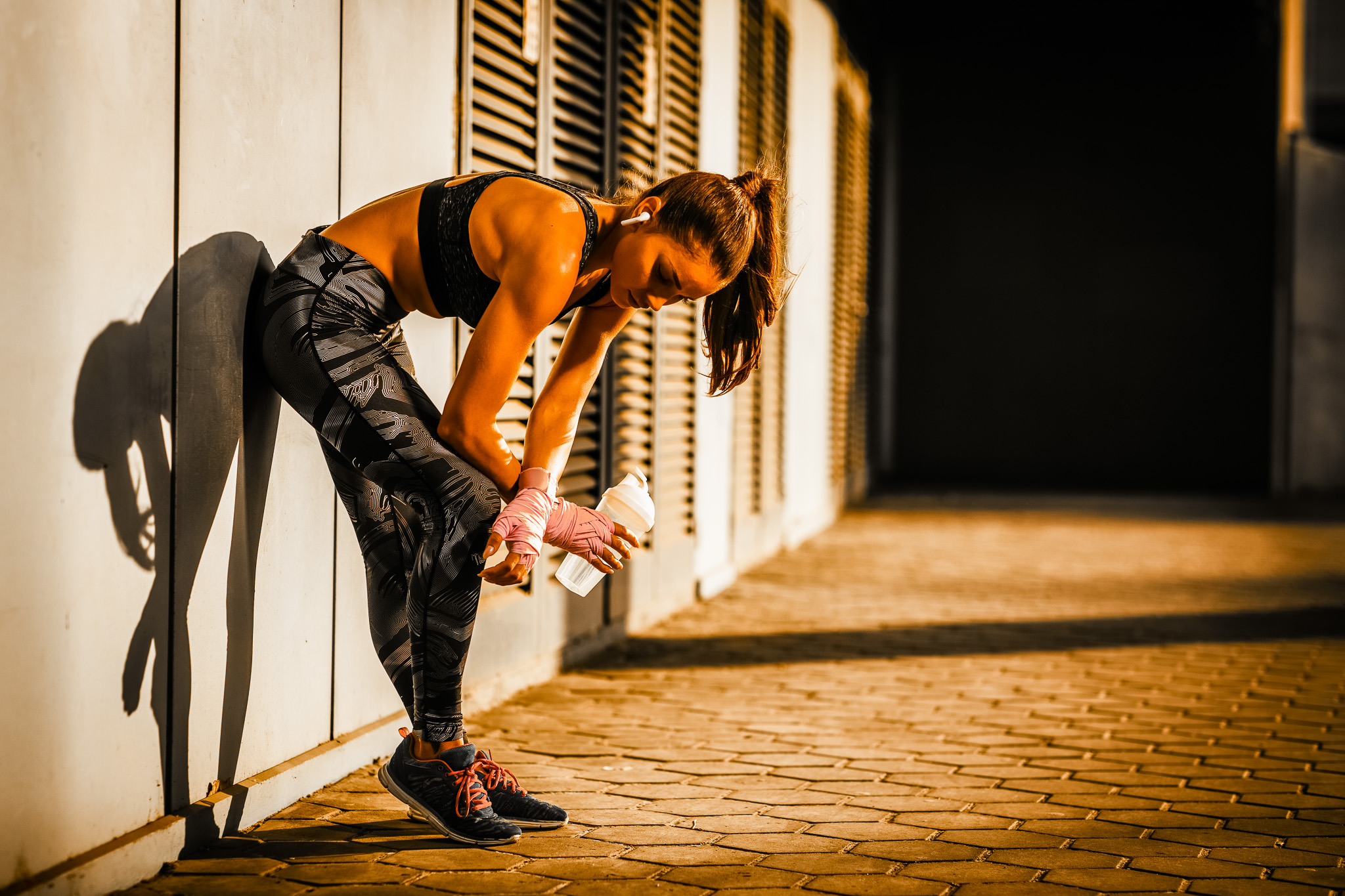
Perimenopause, often referred to as the transitional phase leading up to menopause, typically begins in a woman’s 40s, although it can start earlier or later for some individuals. Please note, it’s actually quite common for women to experience perimenopause as early as early 30’s and as late as late 40’s early 50’s. There are NO rules!
During this period, the ovaries gradually reduce their production of estrogen and progesterone, leading to irregular menstrual cycles and various physical and emotional symptoms. One common symptom experienced by many women during perimenopause is sudden weight gain, particularly around the abdomen. This is the best part about changing hormones! NOT!
This weight gain can be attributed to hormonal fluctuations, specifically the decline in estrogen levels, which can affect your metabolism and where you store fat in your body.
Additionally, perimenopause often coincides with a decrease in muscle mass and an increase in visceral fat, further contributing to weight gain and changes in body composition. Understanding these hormonal changes and their impact on metabolism is crucial for effectively managing weight during perimenopause.
Why is it important to focus on balancing hormones and managing insulin resistance during perimenopause?
Ladies….let’s talk about the perimenopause rollercoaster, shall we? And it will feel like a rollercoaster and sadly, not a ride that is as short as a rollercoaster ride. We WISH!!
Trust me, I’ve been there—feeling like your body’s suddenly decided to play tricks on you, the worst kind, especially with that ANNOYING AF weight gain. But here’s the scoop: balancing your hormones and getting a grip on insulin resistance can be game-changers. Seriously, once I got into the groove of tweaking my lifestyle and embracing some holistic hacks, things started to click. I mean, a major shift. In every area. Sleep, mood, energy, libido and yes, weight loss.
It’s like my body finally got the memo and decided to cooperate! Balancing those hormones not only helped me kick those stubborn pounds to the curb but also made me feel like I could conquer anything.
Let’s not forget about managing insulin resistance. I have learned most recently that this is probably the single most important part of hormonal balance to address particularly for weight loss—it’s like giving your body a high-five for keeping those blood sugar levels in check. More people have insulin resistance than we realize– the data suggests that nearly 1 out of 3 people have this situation and most are unaware!
So, to all my fellow perimenopause warriors out there, hang in there! It’s a harrowing and frustrating journey, but with a bit of patience, support, and a whole lot of girl power, we’ve got this! Trust me.
Understanding Hormonal Balance
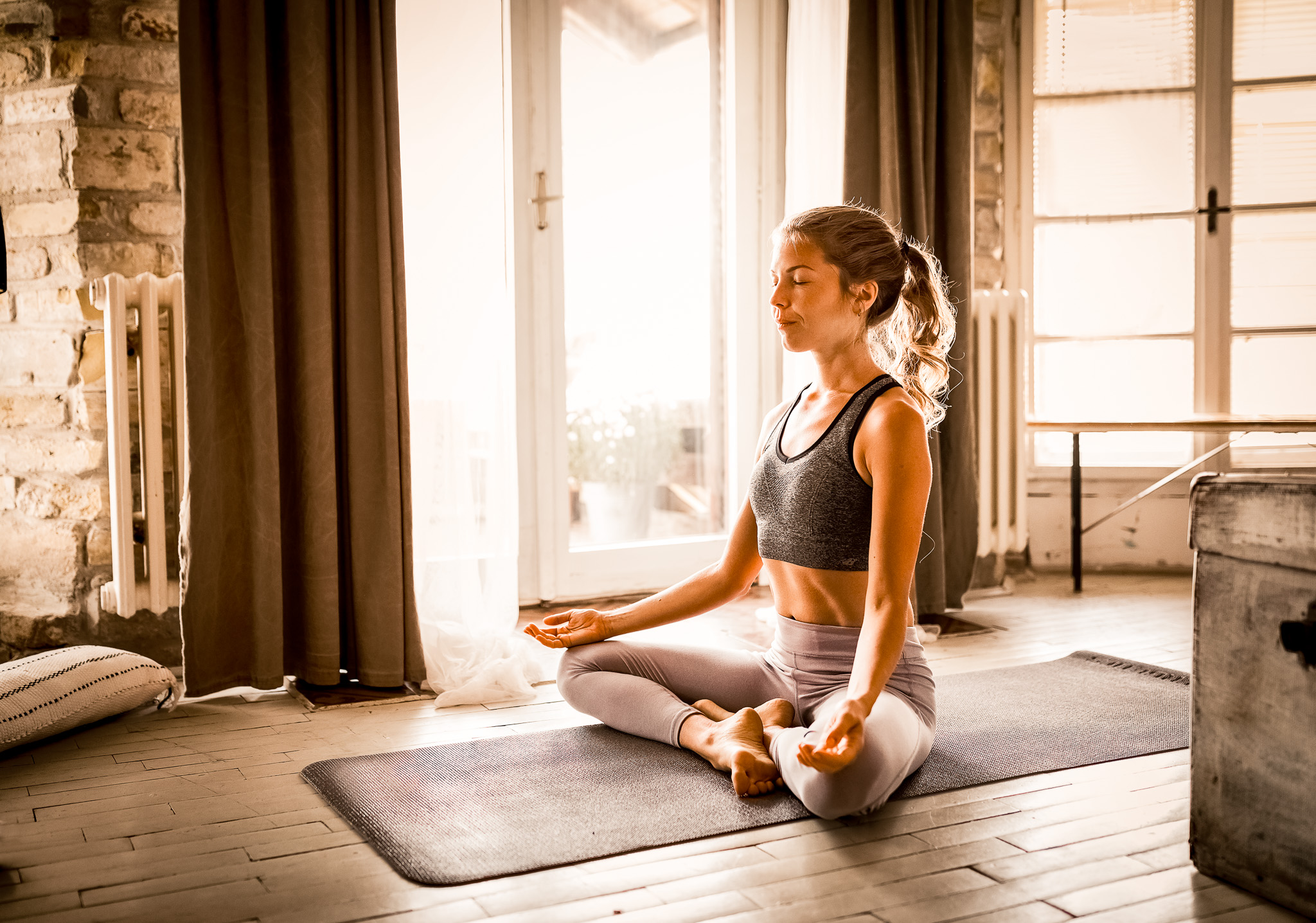
So let’s tackle this hormone business. Hormonal imbalance is an overwhelming problem to figure out.
I get it, it can feel like a total puzzle at times, but trust me, once you crack the code, everything starts to fall into place. Balancing your hormones is like giving your body a much-needed tune-up.
Think of it as getting all the gears working together smoothly. When your hormones are in sync, your metabolism kicks into high gear, making it easier to shed those stubborn pounds.
I’m a strong advocate for Bio-Identical Hormonal Replacement Treatment, but also with the complementary use of natural and holistic approaches at home.
I found that focusing on natural hormone balance, through things like nutritious foods, regular exercise, and stress-reducing activities like yoga or meditation, made a world of difference.
So, don’t stress if it feels overwhelming at first—we’ve all been there—but with a little patience and some trial and error, you’ll find what works for you. And you really have to get comfortable with the trial and error part of this. A lot of hormone balance comes with tweaking and testing, so learn to be “patient with the process”. It’s so worth it.
Importance of Insulin Sensitivity

Next up, let’s talk about insulin sensitivity. Trust me, I used to roll my eyes at anything with the word ‘insulin’ in it too, but hear me out.
This little hormone plays a HUGE role in whether you’re storing fat or burning it for fuel.
When your body becomes resistant to insulin, it’s like slamming the brakes on your metabolism. But don’t worry, there are ways to turn things around.
I found that focusing on foods that keep my blood sugar stable—like lean proteins, healthy fats and plenty of veggies—really made a difference. And let’s not forget about exercise! Even just a brisk walk can help improve insulin sensitivity. So, if you’re feeling frustrated about not seeing results, take a closer look at your insulin levels. You might be surprised at the difference it can make. Again, I do urge you to get your bloodwork done by a good functional medicine doc so you can see where your insulin resistance situation IS and then consider a low-carb/keto approach to eating — don’t be intimidated by it!! You can do it!!
Importance of Hormone Balance During Perimenopause
Let’s dive into why hormone balance is so crucial during perimenopause. Your hormones are like the conductors of a symphony, orchestrating everything from your mood to your libido to your metabolism.
During perimenopause, these little maestros can sometimes go a bit off-key, leading to all sorts of unwanted symptoms. Say hello to exhaustion, moodiness, no sex drive, skin problems and weight gain! Good times.
But fear not, because getting those hormones back in harmony can make all the difference. When your hormones are balanced, your body functions more efficiently, making it easier to manage your weight and feel like your vibrant self again.
Natural Ways to Balance Hormones
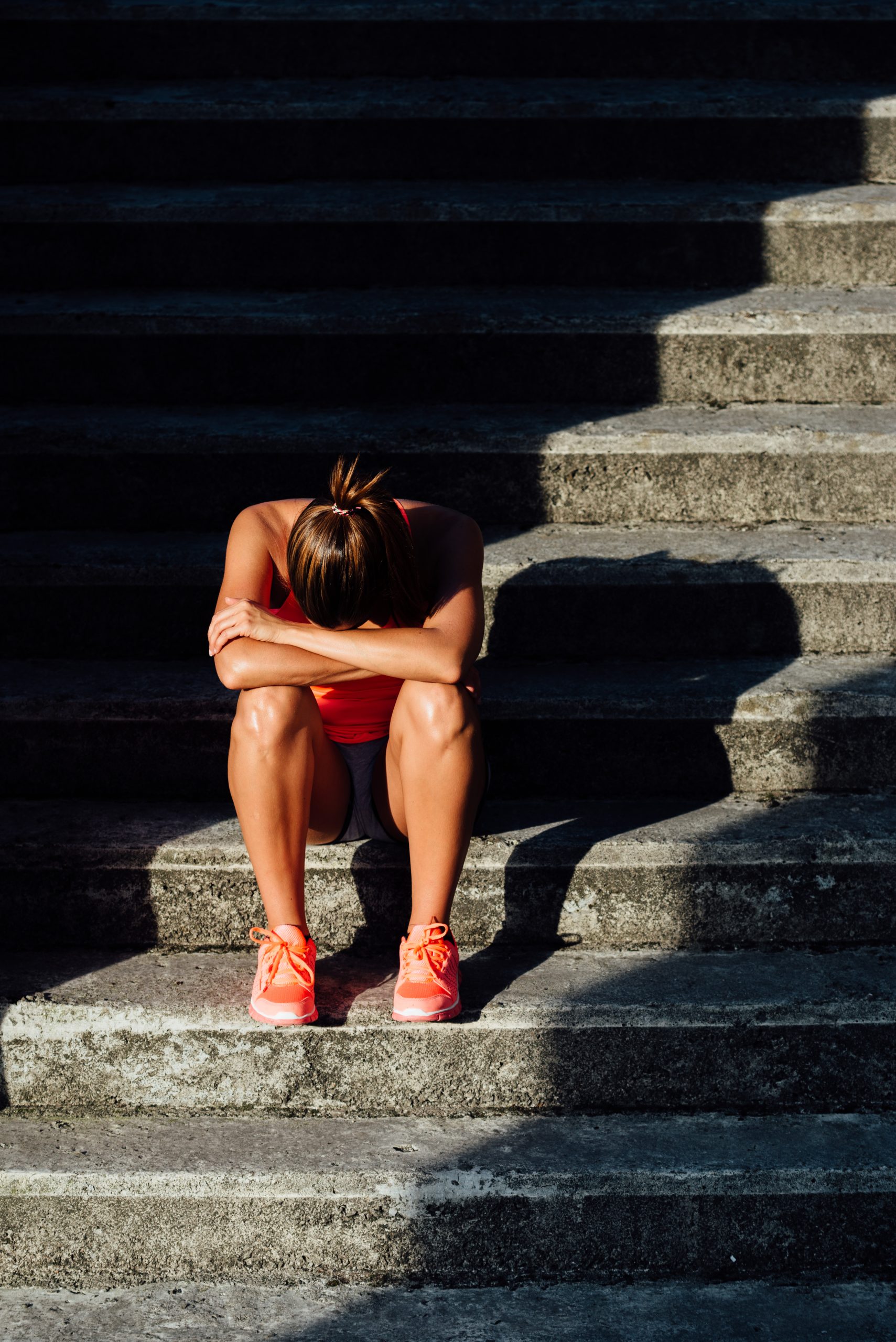
Okay, let’s talk about natural ways to get those hormones back in line. I’m a big believer in applying both natural approaches and what my functional medicine doctor prescribes.
There are 2 mistakes I see women making in this area and both are dead ends.
The first mistake is ignoring the changes happening to them and thinking it might just go away or resolve itself in time.
The second sin is resorting to asking advice of their friends on Facebook- that’s right, asking medical advice about balancing hormones, from friends they barely know with no medical training, on Facebook.
I see it over and over and over again. DON’T DO THAT. Treat your body and your future with respect and listen to me when I say: your future decades can be far more enjoyable than you think!!
Balancing hormones TAKES TIME. Don’t wait. Start today.
Once you balance your hormones, your entire world can change and thus your future! It is worth investing time and what funds you can afford to to improve your health in this area!
Trust me!
Learn More About Hormonal Balance, Insulin Resistance and Losing Weight.
If you read this post and find yourself ready to get serious and learn more and dive deeper into these topics and move ahead, I’ve got you covered.
Check out these posts, podcasts and videos to start learning more- and feel free to leave any questions you have in the comments below. I’m happy to help in any way I can.
VIDEO: How I finally beat hormonal weight gain: CLICK HERE.
BLOG: Why Bio-Identical Hormonal Replacement Therapy is a Fantastic Solution for Women Age 40+ CLICK HERE.
How to Balance Hormones to Lose Weight: CLICK HERE.
VIDEO: 5 Mistakes You’re Making When Trying to Balance Your Hormones: CLICK HERE.
Should you work out if you have adrenal fatigue? CLICK HERE.
Grab my FREE Keto Kwik Start Guide CLICK HERE.
Snag my KETO COOKBOOK with over 50 low-carb keto friendly recipes that helped me lose over 36 inches and 34lbs! CLICK HERE! Just $9.95!
And my Online Keto Bootcamp is a video taught course that teaches you how to do KETO the right way- my way- which lets you eat more carbs (!!!) and you’ll lose weight enjoying delicious meals without stressing about DUMB rules! Get started today for just $35.95! CLICK HERE.
AFFILIATE DISCLAIMER
Note: this blog contains affiliate links that allow you to find the items mentioned in this post and support this channel at no cost to you. While this channel may earn minimal sums when a viewer uses the links provided, the view is in NO WAY obligated to use these links. Thank you for your support.
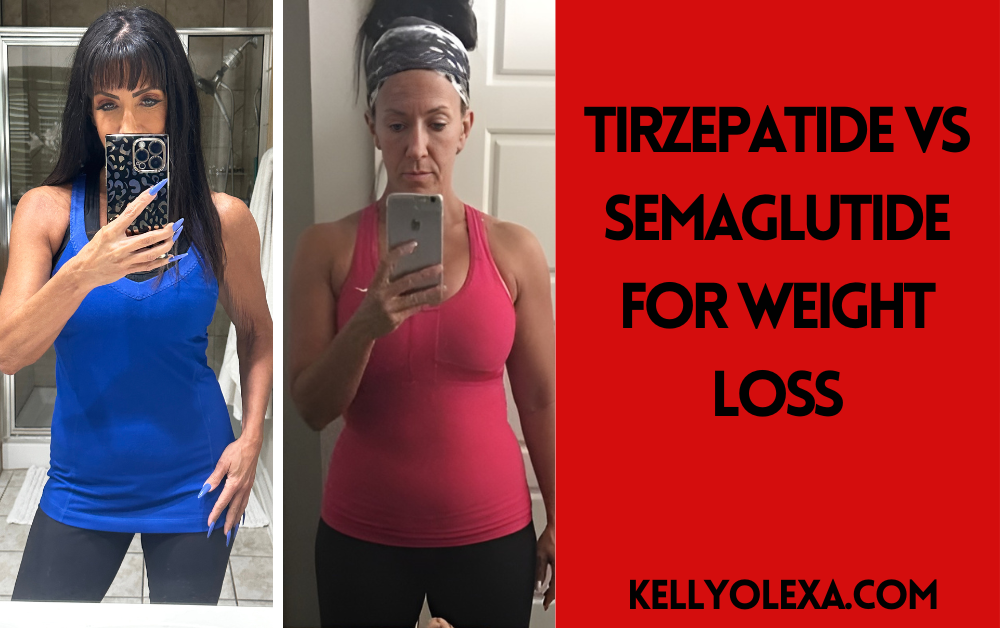
Tirzepatide vs Semaglutide For Weight Loss: My Personal Experience Reaching My Lowest Weight on Tirzepatide.

The Commodore Perry Estate in Austin Texas. An Experience That Must Be Repeated Regularly.
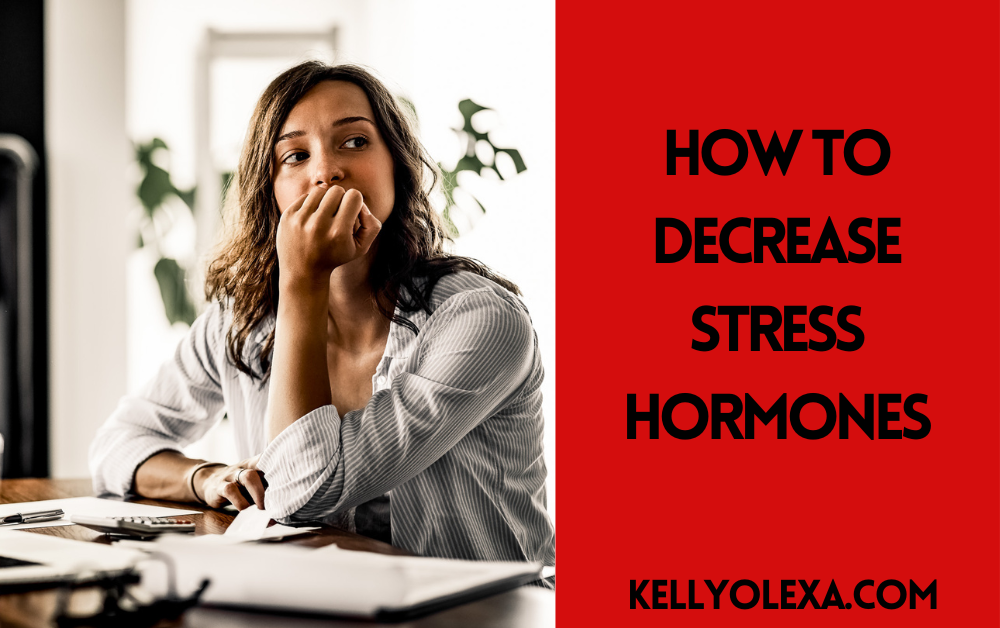
How to Decrease Stress Hormones For Weight Loss and Better Health.
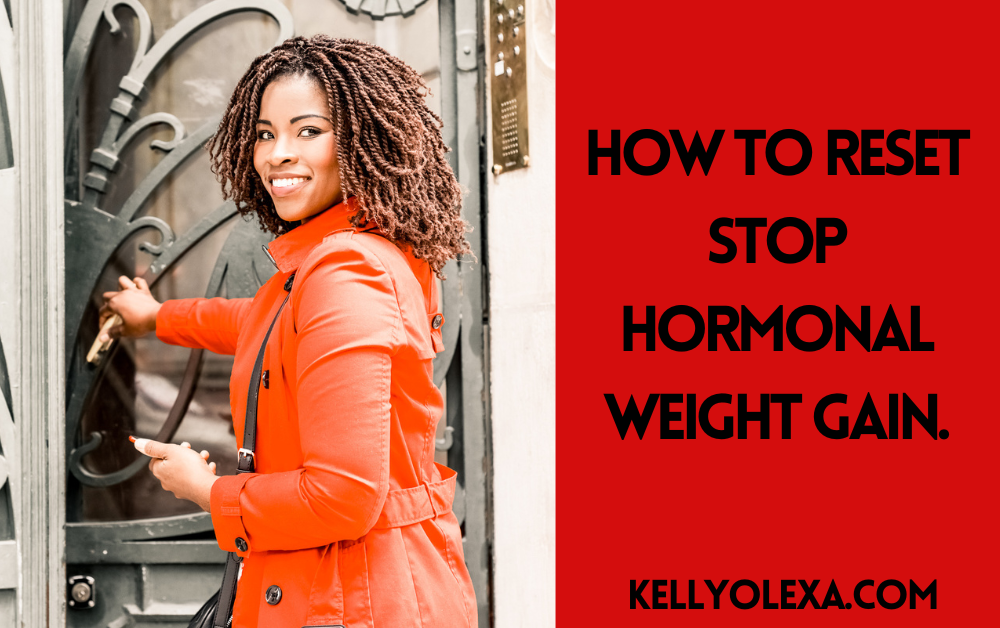
How to Stop Hormonal Weight Gain. Can You Reset Your Female Hormones Naturally?
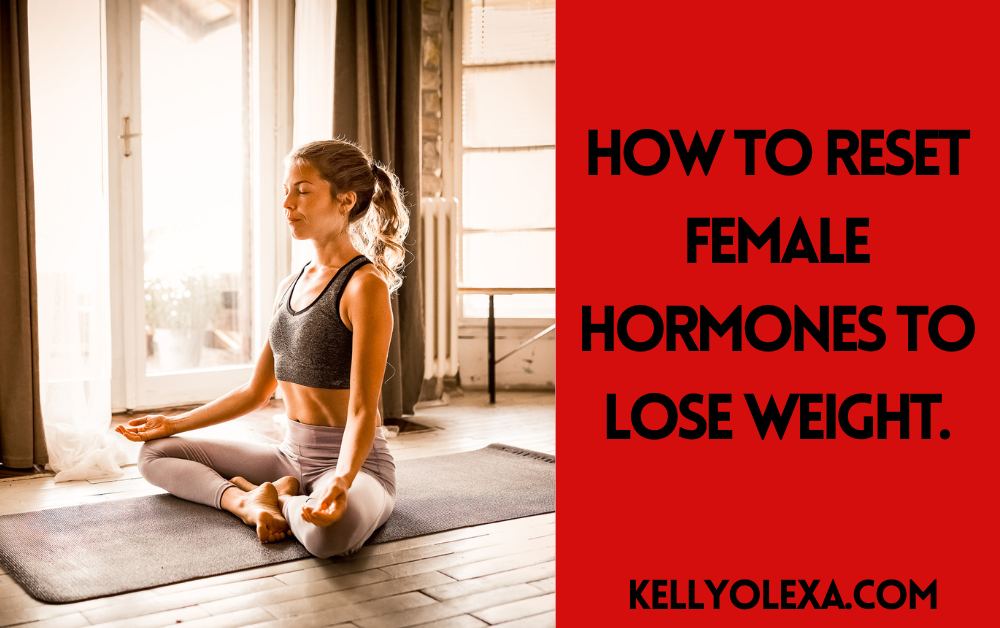
How to Reset Female Hormones to Lose Weight. Don’t Learn The Hard Way!
